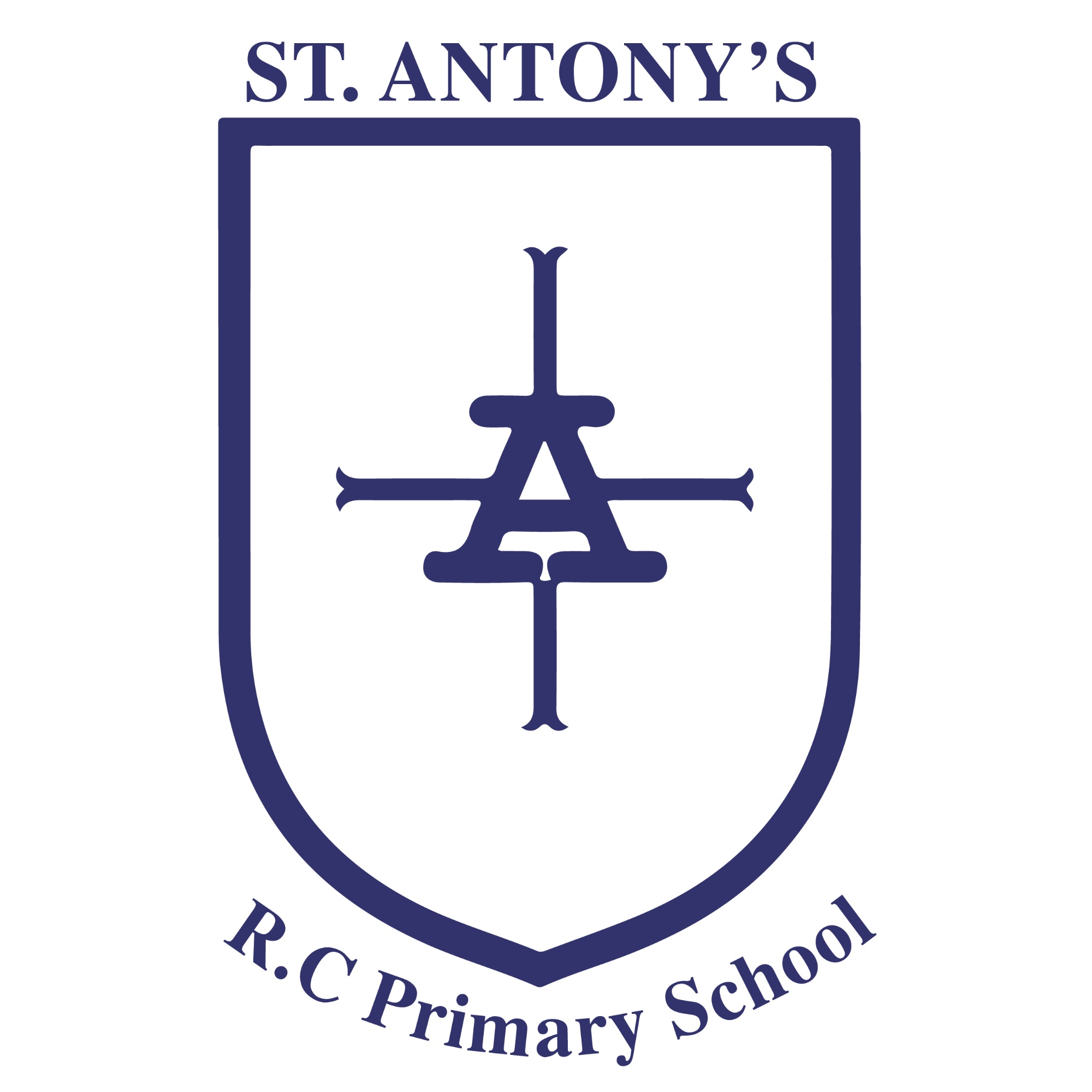Maths
"So teach us to number our days that we may apply our hearts unto wisdom."
Our Maths ambassadors.

Mathematics at St Antony's
At St Antony's, we are passionate about mathematics! We believe that at each stage of learning, children should be able to demonstrate deep, conceptual understanding of a topic and build on this over time. We aim to develop our children as mathematicians who enjoy engaging with the processes of problem solving over and above the completion of the actual calculations involved. We embed the core skills of addition, subtraction, multiplication and division, realising the importance and application of number in an everyday real-life context.
Intent
The intent of our Mathematics curriculum is to design a curriculum, which is accessible to all and will maximise the development of every child’s ability and academic achievement. We deliver lessons that are creative and engaging. We want children to make rich connections across mathematical ideas to develop fluency, mathematical reasoning and competence in solving increasingly sophisticated problems. We intend for our pupils to be able to apply their mathematical knowledge to Science and other subjects. We want children to realise that mathematics has been developed over centuries, providing the solution to some of history’s most intriguing problems. We want them to know that it is essential to everyday life, critical to Science, technology and engineering, and necessary for financial literacy and most forms of employment. As our pupils progress, we intend for our pupils to be able to understand the world, have the ability to reason mathematically, have an appreciation of the beauty and power of mathematics, and a sense of enjoyment and curiosity about the subject. Our curriculum is also designed, in line with NC14, to ensure that all pupils: become fluent in the fundamentals of mathematics, including through varied and frequent practice with increasingly complex problems over time, so that pupils develop conceptual understanding and the ability to recall and apply knowledge rapidly and accurately reason mathematically by following a line of enquiry, conjecturing relationships and generalisations, and developing an argument, justification or proof using mathematical language can solve problems by applying their mathematics to a variety of routine and nonroutine problems with increasing sophistication, including breaking down problems into a series of simpler steps and persevering in seeking solutions.
IMPLEMENTATION
Statutory Requirements At St. Antony’s, our Maths curriculum supports us in reinforcing the expectations of the Religious Education Curriculum Directory (3-19) and ensures that we are teaching the requirements of the National Curriculum 2014. We use topic plans devised by White Rose Maths. We have chosen this suite of topic plans purposefully as we believe they meet the needs of our children in a number of ways. Firstly, and most importantly, it affords many opportunities to teach our children the Catholic social traditions of: Community and Participation Rights and Responsibilities The Dignity of Work In addition, the scheme allows us to cover all aspects of NC14. We chose White Rose Maths for the following reasons: - It is progressive and supports a whole-school approach to presenting learning. This allows our children to build on their learning throughout and across the years, leading to long-term changes to memory and the ability to apply this learning to different contexts. - The presentation of the teaching slides are clear and not overpowering. This is visually appealing and supportive for all learners but especially those with EAL/SEND. Having high levels of EAL and SEND, and a significant number of children who enter school with a language deficit, it is essential that we offer our children the opportunity to become immersed in key language. - The interactive resources engage learners and support whole-class learning. - It encourages the use of practical equipment, models and images. - The structure of each unit gives all children the chance to use higher-order skills such as reasoning, classifying, investigating, justifying, not just those who are more-able. - There is the opportunity for intelligent practice. - Activities are varied and engaging. -It also allows them to develop the essential skill of reading within a context and then the opportunity to practise this skill across the curriculum - The resources available to all staff are detailed and comprehensive, thus supporting teacher and TA subject knowledge. Furthermore, the White Rose Maths Scheme is adaptable meaning that although they give a very sound structure, we can amend them to meet the needs of our children and afford them greater opportunity to apply their learning to a range of contexts. We therefore supplement each unit with tasks taken from resources such as Testbase. In addition, we use a progressive times tables programme called Times Tables Rock Stars (TTRS) to ensure children develop age-appropriate rapid recall of multiplication and division facts. Mathematics development is further supported through the use of Mathletics and Numbots at home.
IMPACT
Summative assessments take place throughout the year and teachers record the progress and attainment against the National Curriculum expectations of attainment. Teachers use this information to inform future lessons; ensuring children are supported and challenged appropriately. This data is analysed on a termly basis to inform and address any trends or gaps in attainment. Staff combine their own assessments as well as the termly test results (PUMA standardised tests) to ascertain how they are progressing in line with year group expectations/ previous attainment. This process does not create excessive teacher workload as assessments are collected once a term. The test analysis system allows subject leaders to access subjectspecific data, analyse trends and then act to enhance provision. Further information is gathered through pupil questionnaires; highlighting strengths and achievement and any improvements, knowledge and skills that still need to be embedded. Final end of year assessments are made using assessment criteria that has been developed in line with the national curriculum and Target Tracker. Thus identifying the level in which the child is working.



